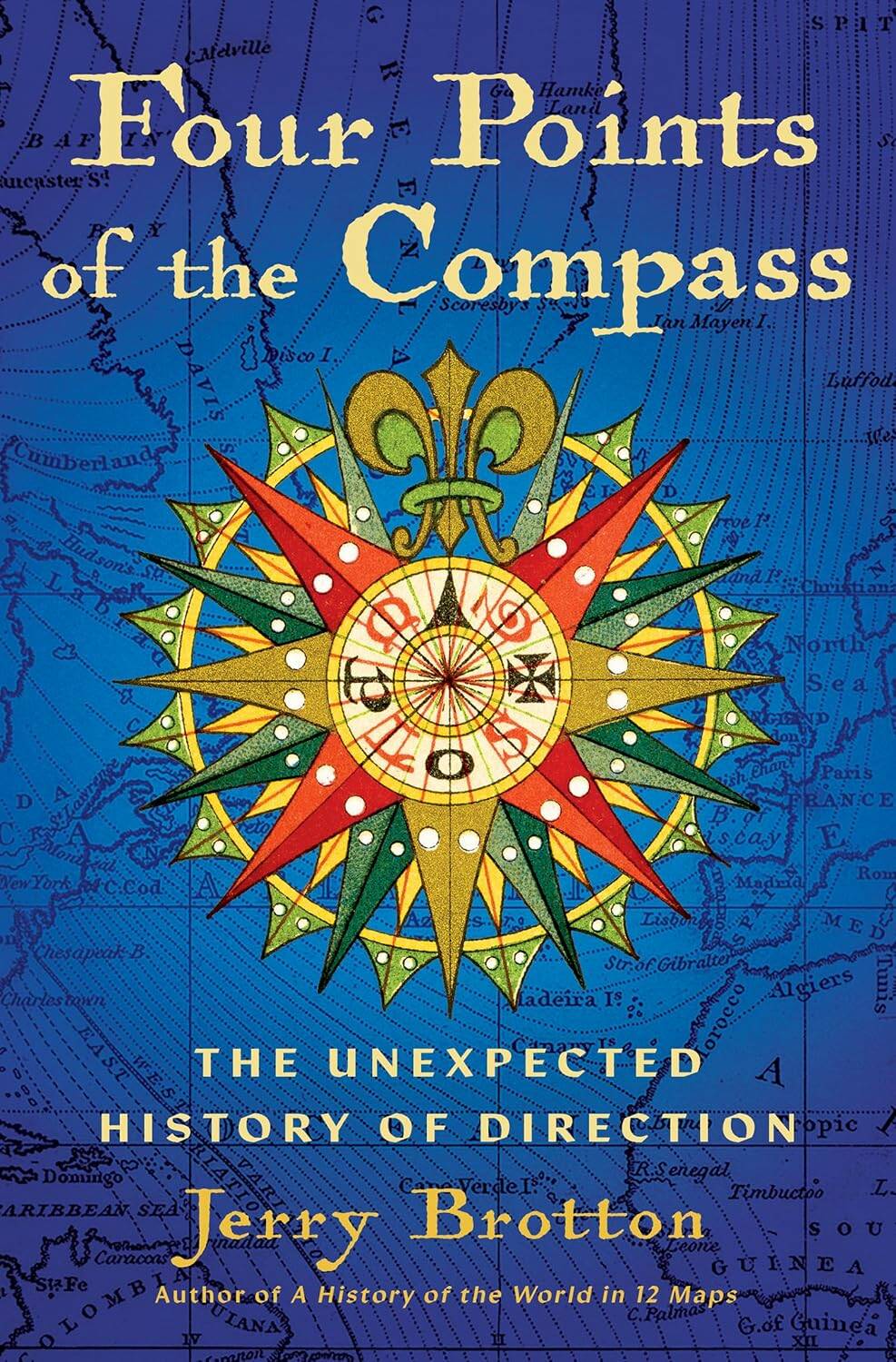History of compass points a wide-ranging joy to navigate
Advertisement
Read this article for free:
or
Already have an account? Log in here »
To continue reading, please subscribe:
Monthly Digital Subscription
$0 for the first 4 weeks*
- Enjoy unlimited reading on winnipegfreepress.com
- Read the E-Edition, our digital replica newspaper
- Access News Break, our award-winning app
- Play interactive puzzles
*No charge for 4 weeks then price increases to the regular rate of $19.95 plus GST every four weeks. Offer available to new and qualified returning subscribers only. Cancel any time.
Monthly Digital Subscription
$4.99/week*
- Enjoy unlimited reading on winnipegfreepress.com
- Read the E-Edition, our digital replica newspaper
- Access News Break, our award-winning app
- Play interactive puzzles
*Billed as $19.95 plus GST every four weeks. Cancel any time.
To continue reading, please subscribe:
Add Free Press access to your Brandon Sun subscription for only an additional
$1 for the first 4 weeks*
*Your next subscription payment will increase by $1.00 and you will be charged $16.99 plus GST for four weeks. After four weeks, your payment will increase to $23.99 plus GST every four weeks.
Read unlimited articles for free today:
or
Already have an account? Log in here »
Hey there, time traveller!
This article was published 30/11/2024 (404 days ago), so information in it may no longer be current.
Have you ever wondered which way is up?
Well, there’s a long history of differing opinions on the subject before current acceptance of the four cardinal points of the compass, with north holding the top spot, so you’re not alone historically speaking.
Jerry Brotton, bestselling author of A History of the World in 12 Maps, takes readers on a wide-ranging, well-researched tour of “these four apparently simple and universally accepted terms (that) are far more subjective and specific to time, place, language and culture than we might realize.”

Four Points of the Compass
Four Points of the Compass is full of geographical, political and cultural lore: descriptions of ancient trade routes and exploration; colonization; religious influence on map making; and the development of the four cardinal directions as embodiment of political and economic strife — east versus west, north versus south.
Throughout history, the top spot has often depended on differing religious and political beliefs; for example, early Islam had south on top, as Mecca and Medina were in that direction, while classical Chinese cosmology celebrated south, based on more political and imperial expectations.
There was a view that the north could embrace darkness and evil as well as peace and plenty that would endure throughout time and across cultures on both hemispheres, Brotton explains.
The simplest answer why north came out on top is twofold, he writes. The classical Greek practice using geometry to imagine and project the global Earth onto a two-dimensional plane surface put north on top. And the introduction of the magnetic compass as an aid to maritime navigation led first to ship charts, and then most word maps, being oriented to north.
And in a too-common historical practice, as European powers colonized Africa, Asia and the Americas in the 16th century, Indigenous mapping practices using cardinal directions other than north were erased or absorbed into a world picture, dictated by Europeans at the expense of all other traditions, with north at the top.
The four directions took on more pronounced cultural and political meanings as west became the West, a European and American democratic political and cultural juggernaut opposed to an east that had become the East, comprised of totalitarian Soviet and Chinese societies. Rudyard Kipling’s 1889 poem The Ballad of East and West, with the opening “Oh, East is East, and West is West, and never the twain shall meet,” sums it up.
North and South had their difference as well, with residents of the northern hemisphere looking down on the southerners as lazy ne’er-do-wells compared to the industrious northerners. That idea of northern supremacy was twisted into a genocidal political program with Hitler’s claim of a superior Nordic population ready to rule the world.
Brotton has produced a readable, informative book encompassing all the historical, geographical, cultural and political foundations of what most people simply take for granted — the four points of the compass.
The wide-ranging compendium is a welcome combination of thorough and succinct, detailing the lengthy history without weighing down the narrative.
As much as he proclaims the sanctity of the four points, Brotton argues that with the use of mobile devices, fewer of us know how to find north and south, east and west simply by looking at the sky or using a compass, adding: “What is the cost to who we are, if we lose our sense of where we are?”
Again, have you ever wondered which way is up?
Chris Smith is a Winnipeg writer.

